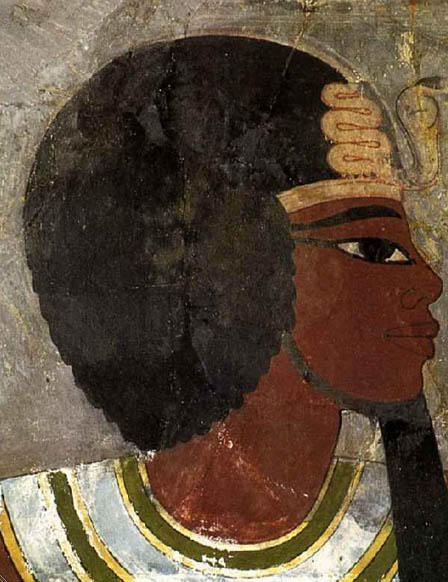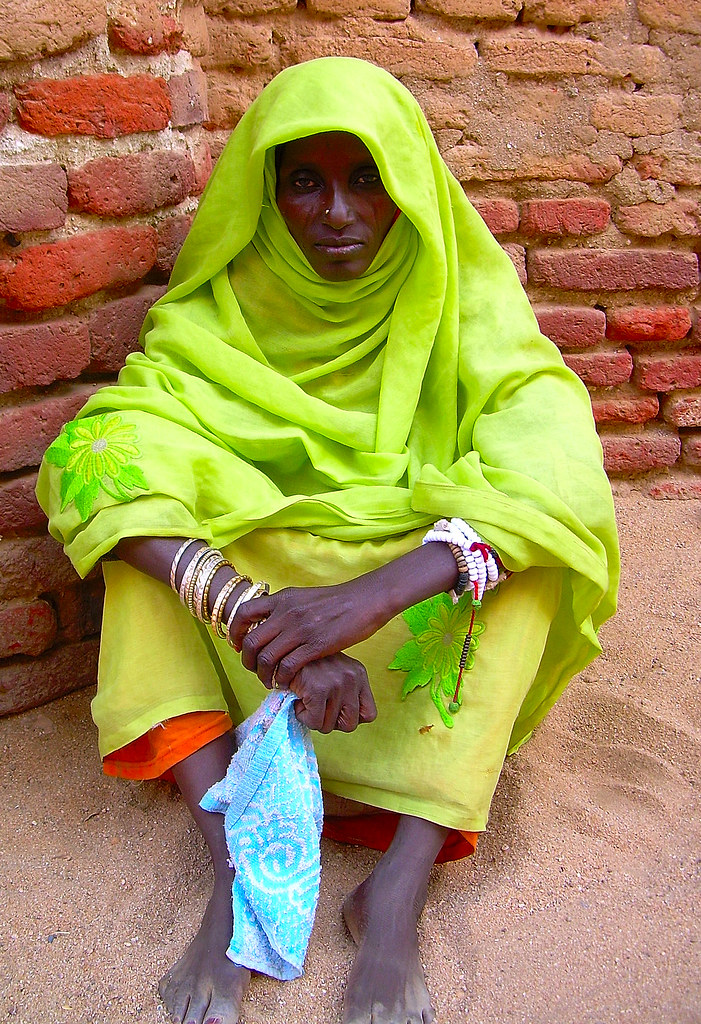We have to be. It's one of the greatest civilizations in Africa, and White people have tried to take it from our people.
It's clear those dudes were East Africans and similar to Sudanese, Ethiopians, Eritreans, so it's an insult to allow Cacs to muddy history.
by who's standards? Ancient Sudanese Empire gave Egypt everything that made it great. Mali and Songhai were just as great
I think partly it's insecurity based on yte standards to be frank. In Africa, east and west we're not that zealous about Egypt as our brothers across the Atlantic
We tend to value Kingdom of Kongo, Sudan/Soudan(east and west Sudan Empire), Songhai, Mali way more than Egypt. The AES itself is just a huge piece of ancient Sudan/Soudan coming back.


 Furthermore, you think white people descended from Germanics from Germany and Picts from Scotland have a direct connection to Greece and Rome.....hell no.....but they studied Plato and Socrates and read plays by Aeschylus anyway. Them dudes were from the farthest reaches of the Roman Empire and Trajan built a wall to keep those dudes away and all they talk about is Rome this, Rome that, so breh, we can talk about Egypt. Lastly, my genetic testing brought up Egypt and I know alot of AfAms have the same genetic ties because many Egyptians spread throughout the rest of Africa.
Furthermore, you think white people descended from Germanics from Germany and Picts from Scotland have a direct connection to Greece and Rome.....hell no.....but they studied Plato and Socrates and read plays by Aeschylus anyway. Them dudes were from the farthest reaches of the Roman Empire and Trajan built a wall to keep those dudes away and all they talk about is Rome this, Rome that, so breh, we can talk about Egypt. Lastly, my genetic testing brought up Egypt and I know alot of AfAms have the same genetic ties because many Egyptians spread throughout the rest of Africa.










